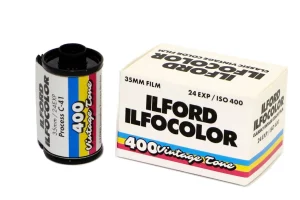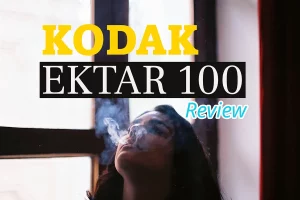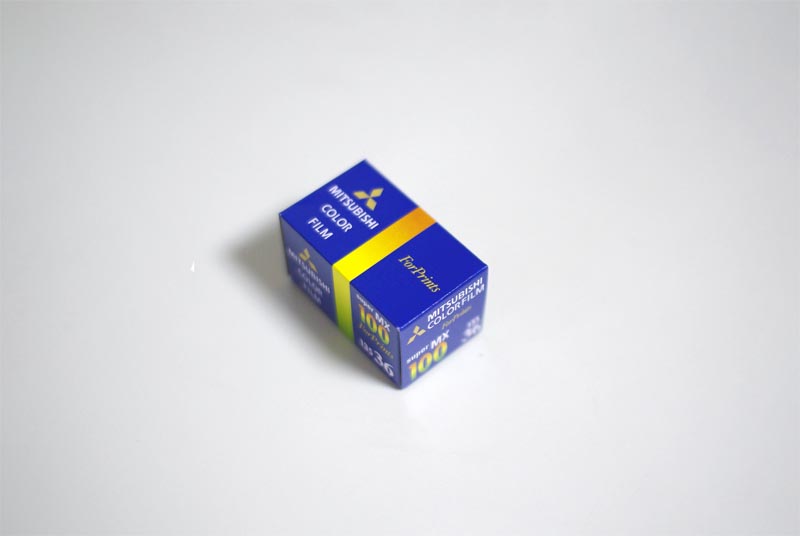All Photographic Film Formats Explained
Last Updated on September 6, 2022
In previous articles we talked about the history of photography as well as the technique, complete with explanatory film, used to make photographic films. Films that, as we said, exist in different formats. But, what are the most common or best formats, those that are currently on the market?
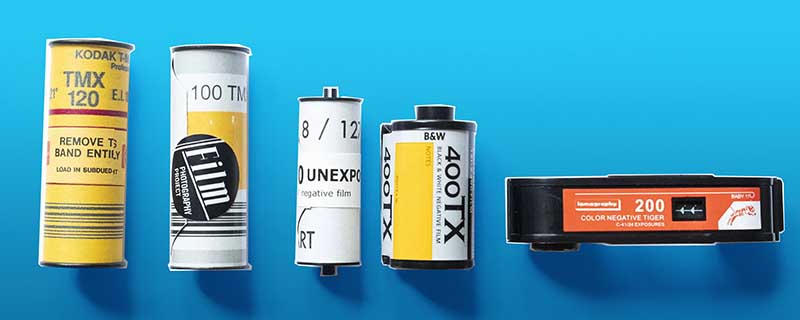
Table of Contents
35mm Film Format
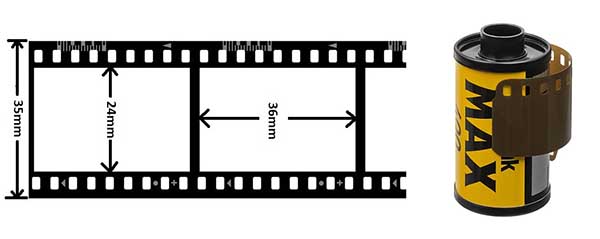
Certainly the most famous format is 35mm, also called simply 135. This film, despite what one may believe, was not created specifically for photography but for cinematography. Precisely for use inside the cameras, sequences of holes were introduced at the top and bottom of the film so that it could advance (remember crank cameras) on the drive sprockets.
In its film format, the photosensitive area was equal to 18X24 millimeters: the height of the frame was therefore equal to half of what is indicated in the name that we know (apart from a millimeter of frame), introduced only in a later, which is when still photography adopts this type of film but doubles its height: 36×24 mm.
35mm film with its feed holes enabled camera makers (automatic production machines did not yet exist) to make particularly simple and inexpensive devices and this enabled the rise of photography.
By the way, the traditional plastic-metal cylinder (which acts as both physical and light protection) that allowed the masses to replace the film in seconds was introduced by a high-sounding name in the photographic universe: Leica (its inventor was a certain Oskar Barnack)
35mm film, though now mostly relegated to Lomography alone (with all the big manufacturers having closed their factories), has also become a benchmark in the digital world: in fact, all sensors are sized on it.
In fact, full-frame SLR cameras are equipped with 36x24mm size sensors, while all compact cameras express their sensor size relative to it (eg ½, 5, 1/1.6, etc.).
120 And 220 Medium Format Film

A second very common film that is still used for large-scale photography (the film still costs much less than sensors larger than 35mm) is called medium format.
The advantage of Medium Format films is the possibility of allowing a larger exposure area compared to 135 but at the same time being “sufficiently” manageable, especially when compared to the large format or better said with the optical bench.
Medium format films are identified by two abbreviations: 120 and 220, their characteristic is the height of the frame equal to 6 cm. The substantial difference between the two acronyms is the length of the film: the 220 allows almost twice as many shots compared to the 120.
120 Film
The 120 film does not have a feed hole as in the case of the 135, it does not have a containment structure (the roll) but is simply wrapped on a plastic support together with a strip of black paper whose function is to protect it from light.
220 Film
The 220 format is also devoid of the protective paper strip, to reduce the footprint of the film (in the end, the two dimensions are similar).
Medium Format Sizes
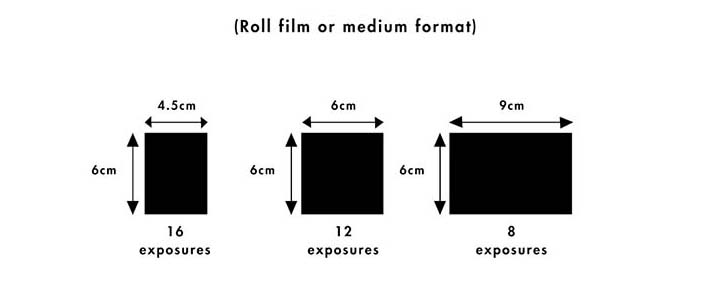
A medium format film can be used more or less depending on the size or format that the frame occupies in it. This of course depends on the camera, but starting from this let’s see all the sizes that we can find in medium format:
| nominal size | real size (mm) | surface (mm2) | sides ratio |
| cm 6×4.5 | 41.5×56 | 2342 | 0.75 |
| cm 6×6 | 56×56 | 3136 | 1 |
| cm 6×7 | 56×69 | 3664 | 0.85 |
| cm 6×9 | 56×89 | 4984 | 0.66 |
4.5×6 Format
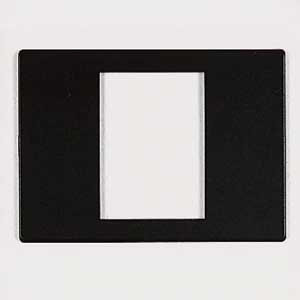
The 4.5×6 format is a “rectangular” format and allows you to get 15 shots from 120 film or 30 shots from 220 film. The 6×6 format, on the other hand, is suitable for square subjects and from a roll of 120 it is possible to obtain 12 shots compared to 24 in the 220 format.
6×7 and 6×9 Formats
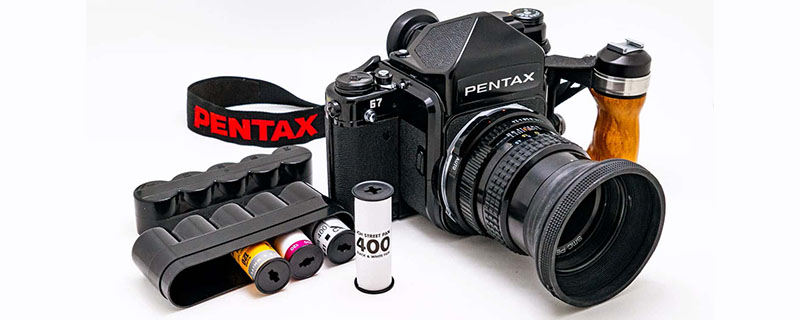
The 6×7 and 6×9 formats are the most widely used since they reproduce an asymmetry between the two dimensions, with 6×9 being identical, relative to 135. The number of frames that can be obtained is approximately 9-10 exposures 120 reel and 18-20 reel 220 exposures. Both reels were introduced by Kodak in 1901 and 1965 respectively.
110 Format
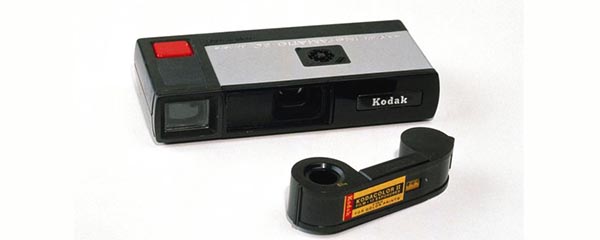
The 110 format was introduced in 1972 by Kodak, which takes up, in a smaller version, the concept of 126 film: A very small film, placed in a plastic cartridge that is easy to load in devices intended for the general public.
The film is 16mm wide, allowing it to be processed on the same machine that was already developing 16mm and 8mm, common formats for amateur and professional video at the time, with which most labs were equipped.
The image taken at 110 measures 13×17 mm, which is much smaller than the “classic” 24×36. In terms of ratio, we are closer to a 4:3 ratio, almost square.
127 Format
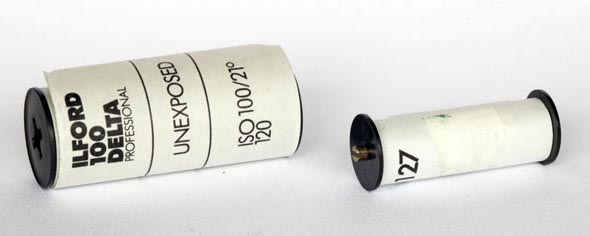
The 127 film format (46 mm wide, for a useful negative width of 40 mm, compared to 56 mm useful for the 120 format) was born in 1912, launched by Kodak to equip its “Vest Pocket” folding compact cameras.
This format saw renewed interest in the 1950s, primarily in popular cameras (Kodak Brownies), but also in high-end compact cameras.
Large Format Film
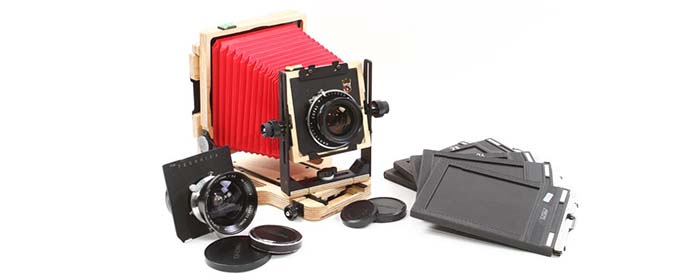
The first thing to keep in mind is that large format analog photography is done on individual rectangular sheets of 4×5 or 101.6x127mm film that are packaged in cardboard boxes, so in order not to expose the film when opening The box will require all film loading operations to be performed in a dark room or on a changer.
Difference Between The Different Formats
The difference between the different formats is directly related to the amount of information “recorded” and on the emulsion. Which translated into a language more typical of the digital, of the number of pixels.
We could say that a 135 format (36×24) allows to store about 30 million pixels, while a 6×6 format reaches up to 100 million: it can be deduced that for large prints or extreme “crops” (with perhaps enlargement) prefer medium format to 135.
Another film still on the market (although quite expensive and not as widespread) is the large format film or also called flat film. There are no rollers but only plates: each plate allows you to obtain a single exposure.
The dimensions are very generous: we find large plates of 10×12, 13×18 or even 20×25 centimeters Very “uncomfortable” to handle and used only in optical benches (very generous in size), these plates allow to obtain remarkable qualities, with very strict definitions (we reached gigapixels of resolution). The equivalent of the optical bank in digital is often called a digital back.
If you want to explore each film (and others less common) in a relaxed way, you can watch the following video.


